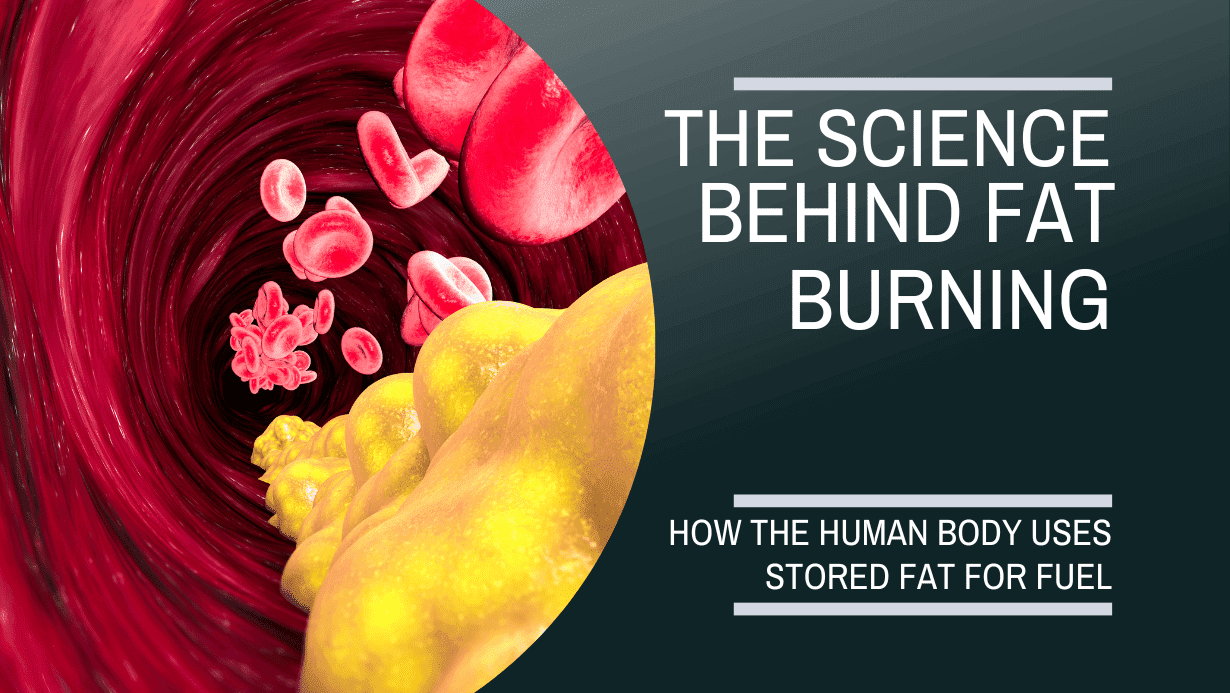The Science Behind Fat Burning: How the Human Body Uses Adipose Tissue for Energy
Fat is an essential part of a healthy diet, but too little activity and too much food in general can lead to large amount of body fat being gained and a host of health problems. With so many people now overweight and obese it’s important to understand that the condition and associated health impacts CAN be reversed. To reverse weight gain or obesity it is important to understand how the fat burning process works.
So, how does the body burn fat and use it for energy?
First, it’s important to understand where fat is stored in the body. Adipose tissue, also known as fat tissue, is made up of cells called adipocytes that store excess energy in the form of lipids. These cells are found all over the body, including in the abdomen, thighs, and buttocks. Adipose tissue is generally classified in two different categories: Subcutaneous & Visceral.
There are various forms of adipose tissue categorised by its colour, which dictate how readily available the tissue is able to be used for energy. These are white, yellow and brown fat. Brown fat is the most readily available, and easiest to burn. Visceral fat, which is stored around the organs in the abdomen. This area has more blood flow and therefore the tissue is easier to oxidise through lipolysis.
When the body needs to use fat for energy, a process called lipolysis occurs. This process is triggered by the hormone epinephrine, which is released by the adrenal gland in response to physical activity or stress. When epinephrine binds to receptors on fat cells, it activates an enzyme called hormone-sensitive lipase, which breaks down the fat stored in the cells into molecules of fatty acids and glycerol.
Once the fat cell has been oxidised and broken down in to these usable resources the fatty acids can then be used by cells throughout the body as an energy source. They are transported to the mitochondria, the powerhouses of the cell, where they are burned to produce ATP, the body’s primary source of energy.
Overall this process is governed by the available energy in the body. If there is more energy available to be stored than there is to be burned the net effect will likely result in the storage of excess energy in adipose tissue. The energy that can’t be stored is transferred out of the body in waste.
It’s important to note that fat cannot be selectively burned from just one area of the body. When you lose fat, it is burned from all over the body, not just from the area you want to target. That being said, there are a range of methods you can utilise to accelerate the process.
The best way to lose fat is to engage in regular physical activity and eat a healthy, balanced diet. This will help to increase your metabolism and burn fat more effectively.
In conclusion, fat burning is a complex process that is essential for maintaining a healthy weight. By understanding how the body uses adipose tissue for energy, you can make informed decisions about your diet and exercise habits to support healthy fat loss.










